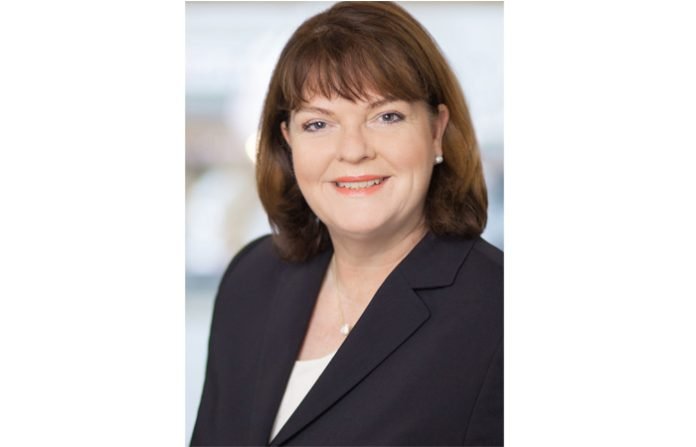Travelling from Paris and Milan to Frankfurt, the Viscom trade fair series has been visited mainly by wide format printers looking for processing equipment, materials and ancillary applications for the production of signage, POP/POS display and POS packaging products. This peripatetic localization is similar to signage and POP shows in India as well.
On three days each, the fairs in Paris and Milan brought together similar numbers of exhibitors and visitors as in previous years—Paris 130 and 9,000, and in Milan 380 and 16,000 respectively. Frankfurt’s numbers remained way below expectations—307 exhibitors (from 325 last year) and 9,200 visitors (as compared to the 11,000+ expected). For the organizers, drupa held earlier this year would be to blame, but then one could ask why drupa hadn’t been included in the forecasts from the start. At any rate, most Asian exhibitors could be visited in Frankfurt: 30 from China, 14 from Korea and 2 from Taiwan and Hong Kong, whereas only 5 exhibitors from China, Korea and Thailand came to Paris, and 18 from China, Japan, Korea and Australia made it to Milan. All 14 Korean companies were manufacturers and vendors of LED applications.
Viscom is less about printing and more about processing in signage and POS production: software, cutting tables, milling tools, LED lighting, metal frames, coating and lamination applications, and so on. Signage producers consider it a complementary fair to Fespa, even though there is some overlap particularly with regard to industrial and wide format printing, ancillary equipment, printing substrates and inks. At Viscom, printers and signage producers typically look for smaller and cheaper suppliers of all kinds of ancillary materials, such as LED strips, transformers, ironmongery, milling tools, letter benders, thermoforming devices, laser plotters and software.
It is a fair where suppliers from Asia, the Middle East and Eastern Europe are as much in business as the Viscom die-hards 3M, Agfa, Avery Dennison, Caldera, Corel, Durst, Eckart, Epson, Esko, Fujifilm, HP, Mimaki, Mutoh, Seiko/Oki, X-Rite, Roland DG, SIHL and Zünd amongst others. A survey during this fair showed that about half of the visitors had come to Viscom with concrete investment intentions. Of these, around 30% spent more than EUR 50,000 and 15% spent more than EUR 200,000.
Apparently, for many visitors the show is also important for networking, checking out trends and picking up ideas and business opportunities. To this end, Viscom organized matchmaking events—a designers’ get-together, a series of lunch-and-learn sessions, and a presentation stage—the Viscom World of Inspiration where companies could present technologies, products and services embedded in various supply chains. These were the places where representatives from the advertising industry and some of the brand owners could be found. As HansJoachim Erbel, chief executive officer of Reed Exhibitions Germany put it, “More and more, Viscom is developing into a trade fair that delivers everything brands, marketing decision-makers and service providers need to advertise their products and stage them in a multimedia-driven setting.” More specifically, Viscom director Petra Lassahn pointed out that “visual communication is an element of a 360 degree communication strategy, which needs to be laid out across all channels—regardless of whether it is printed, packaged or installed at the POS or OOH—because it no longer works in isolation.”
The next Viscom series will moor in Paris between 26 and 28 September 2017, in Milan from 12-14 October 2017, and in Düsseldorf on 18-20 October 2017.

















